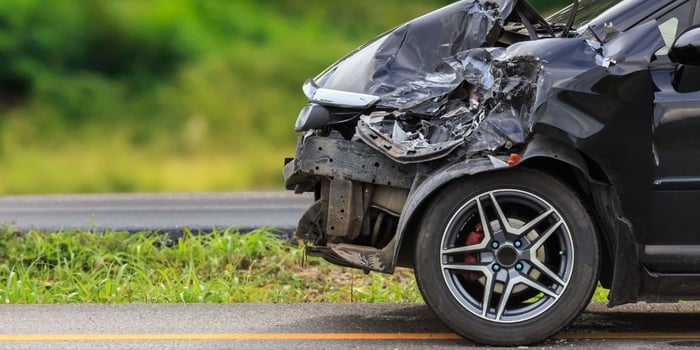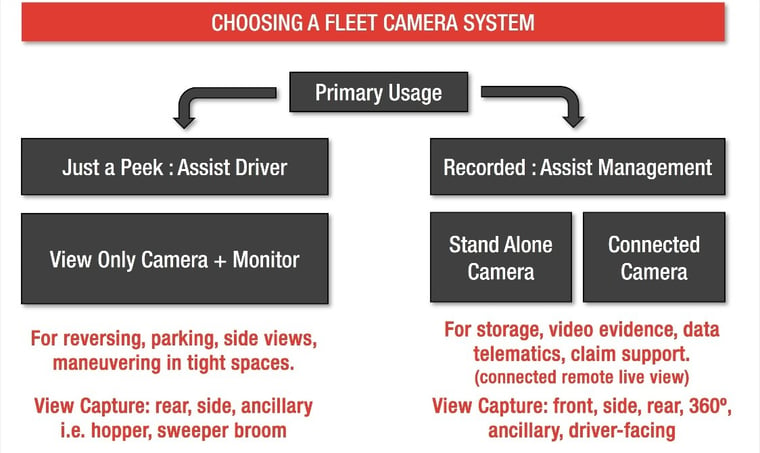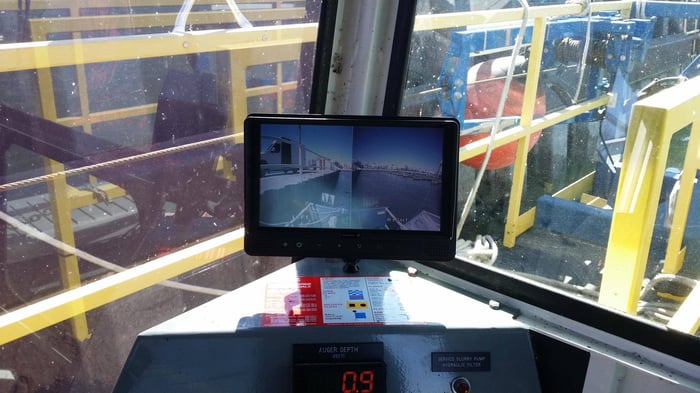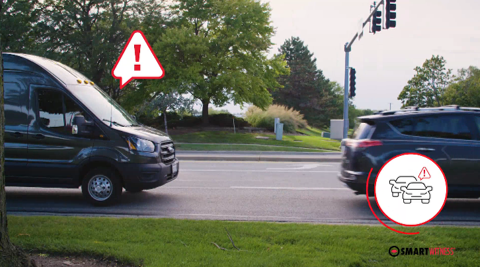Vehicle Camera Systems: A Picture Tells the Story
Written by Lisa Aceti | Read
Table of Contents
Overview
First used in the auto racing and film industry back in the early 1980s, on-board cameras and recording technology have advanced greatly. Being able to record or view HD video with cameras small enough to fit on the back of a cell phone, coupled with storage cards reduced to the size of a coin has allowed for many uses of on-board cameras.
The rise of social networks and immediacy communications has us distracted and always-on, despite hands-free legislation and devices. Having a vehicle camera system has shown to motivate better driving behaviour, as operators tend to self-correct bad habits when a dash cam is present.
Today’s drivers are becoming accustomed to using vehicle surveillance cameras for back-up guidance, precision maneuvering, merging, and reducing blind spots. Some would even say our next generation of drivers require high-tech views.
Video Telematics 101
Now referred to as Video Telematics, fleet managers are relying heavily on camera systems and mobile recording devices for real-time video, location, and drive data. Video telematics combines vehicle data and driving data to provide more context around any incident footage while transmitting the video evidence in real-time over a cellular network.
Benefits of Fleet Camera Systems
- Live view of current or historical video and vehicle GPS tracking built into one hardware platform.
- Seamless integration with 3rd party telematics software.
- Expedite insurance claims process using camera footage.
- Prevent fraudulent insurance or exaggerated injury claims.
- Prove or disprove driver behavior complaints.
- Real-time event-based email or text alerts.
- Cloud storage of video evidence.
- Robust analytics and reporting when connected to telematics.
- Remote access to camera video files.
- Ensure data integrity with lockable and tamper resistant housings.
Simplifying the Complex. How to Choose?
Technology can be complicated. The plethora of brand names, devices, options, and tech specs can leave any buyer stupefied. Rest assured, all makes and models of commercial vehicles or heavy equipment can be outfitted with a camera system; both inside and out, from extreme close-ups to wide-angles and 360º views. Garbage trucks, snowplows, dump trucks, whatever your fleet vehicle needs simply ask yourself these two questions:- What VIEW do I want to see?
- How will I USE the image I see?

The Bottom Line
Vehicle camera systems and video telematics both play a critical role in Fleet Operations, improving the safety of drivers and others on the road. When selecting a camera system, simply focus on two basic needs: the view you want to capture and what you will do with the data.
Before the worst happens, let us help you navigate the options in choosing the best Camera System to outfit your fleet.





